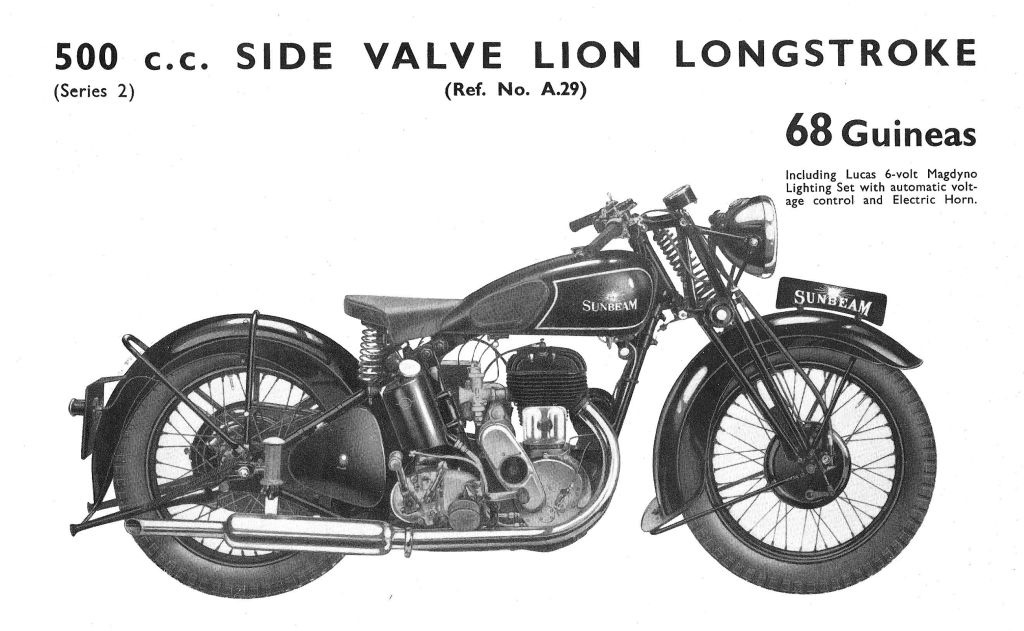The 500 Sidevalves
The Longstroke 1921 to 1938
The Longstroke, in its various guises was in production for 17 years – the longest of any Sunbeam motorcycle. The iconic 77 x 105.5 side-valve engine was first seen at the French Grand Prix of 1921. The production version then appeared in the 1922 catalogue as the 3 ½ HP TT Sporting Model (pic 1), only formally assuming its famous “Longstroke” title in 1923 (pic 2).

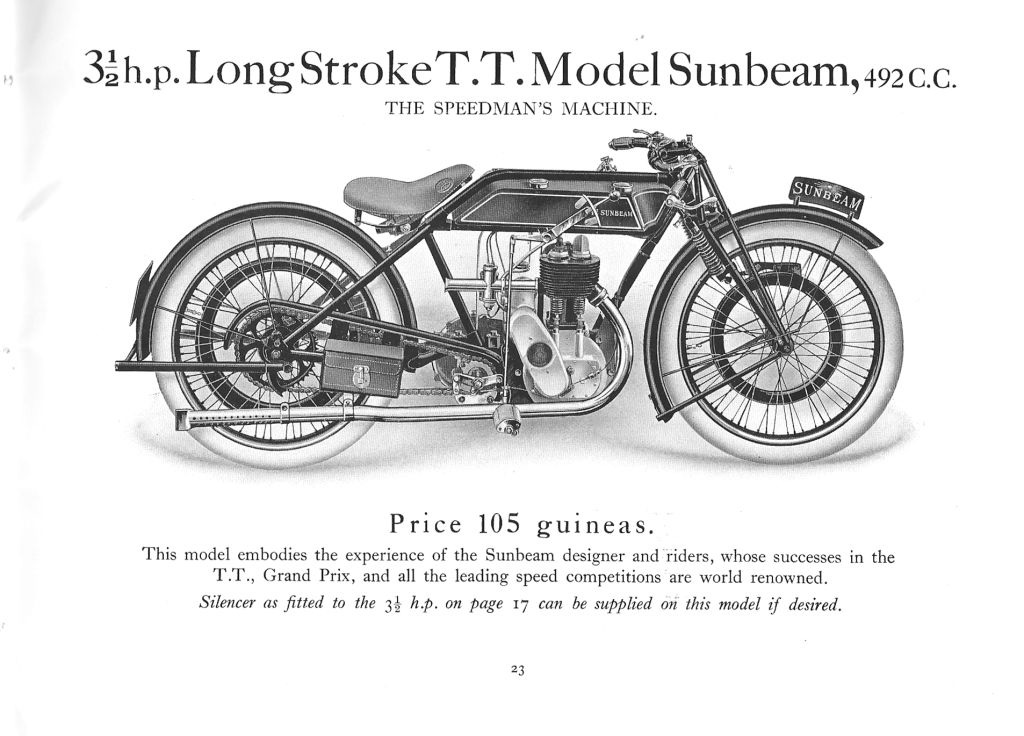
The first Longstroke, the Speedman’s Machine as the catalogue describes it, was very much an over-the-counter racer, with no kickstart, skimpy mudguards and dropped handlebars, very much based on the 1921 works French GP machines. The new Longstroke was fitted with a hand oil pump, unlike the works machines which had a mechanical pump. Like the works machines, the brakes were dummy-rim type front and rear, the gearbox was a three speed sliding pinion unit, with a single-spring clutch, and engine shaft shock-absorber. The front forks were Druid pattern, made under license by Sunbeam. The 1922 TT was won by Alec Bennett on a Longstroke – the last side-valve to win a TT.
1924 saw the introduction of four new OHV models to the Sunbeam range, relegating the Longstroke to a fast-tourer status. Although it was still called the Speedman’s Machine, the TT label had disappeared from the catalogue. There was little change in the specification, except for the addition of a kickstart – a sure sign that the model was now intended primarily for road use. 1924 was the first year that John Marston Ltd used model numbers, the Longstroke being listed as Model 6. (Pic 3)
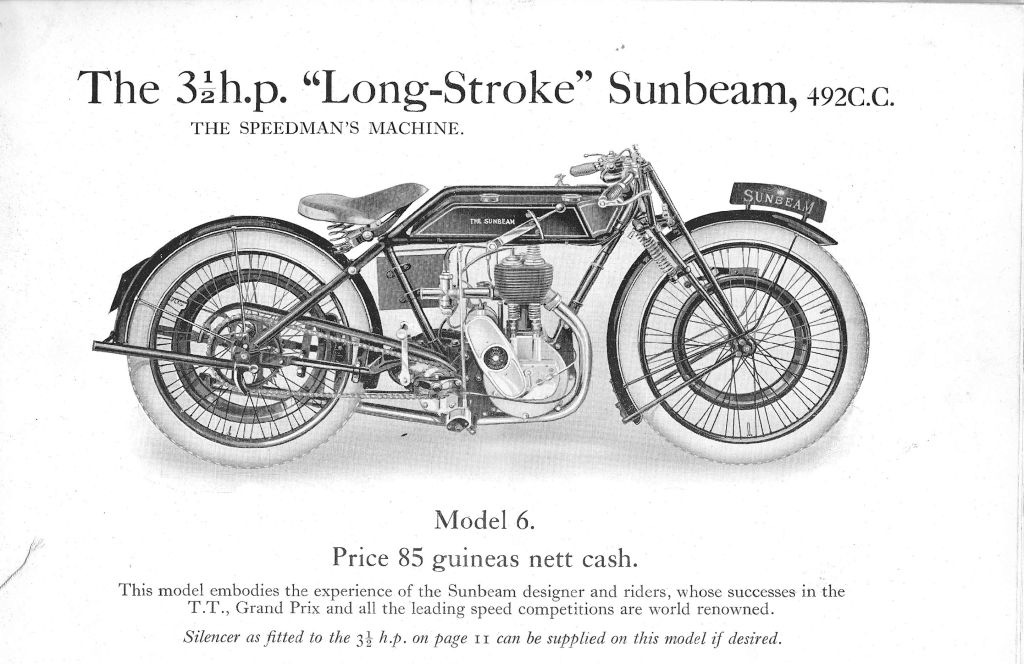
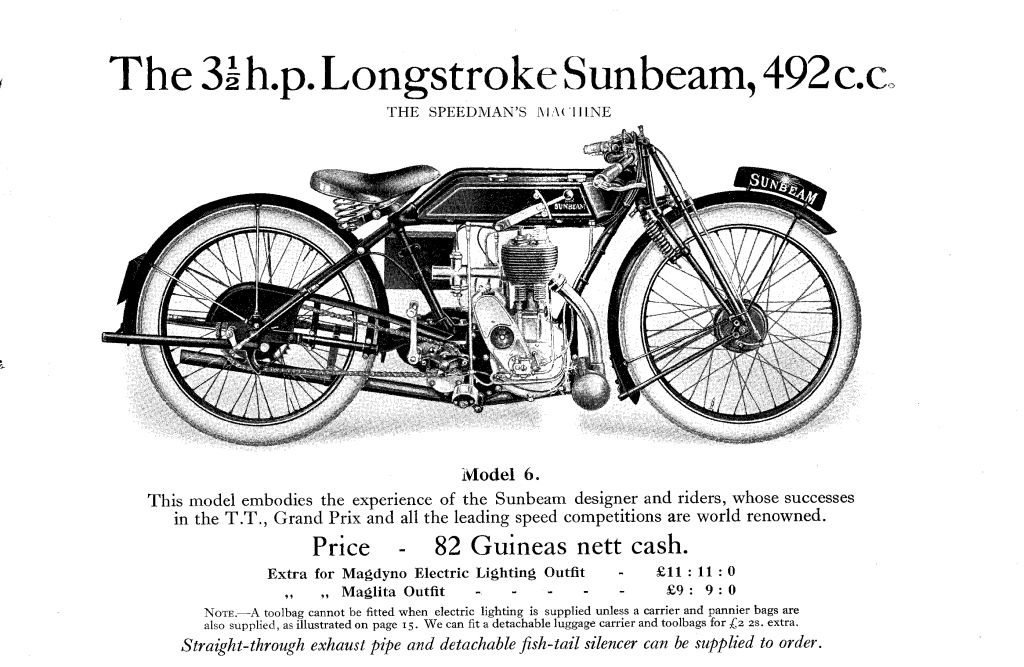
In 1925, the Longstroke was given drum brakes front and rear plus, at last, a mechanical oil pump, supplied by Best and Lloyd. This was augmented by a hand auxiliary pump which could provide additional lubrication to the engine or gearbox via a two-way tap. A “touring” exhaust pipe and silencer were fitted, but it was still possible to specify a straight-through pipe with no silencer. Otherwise, the model was the same as the previous year.

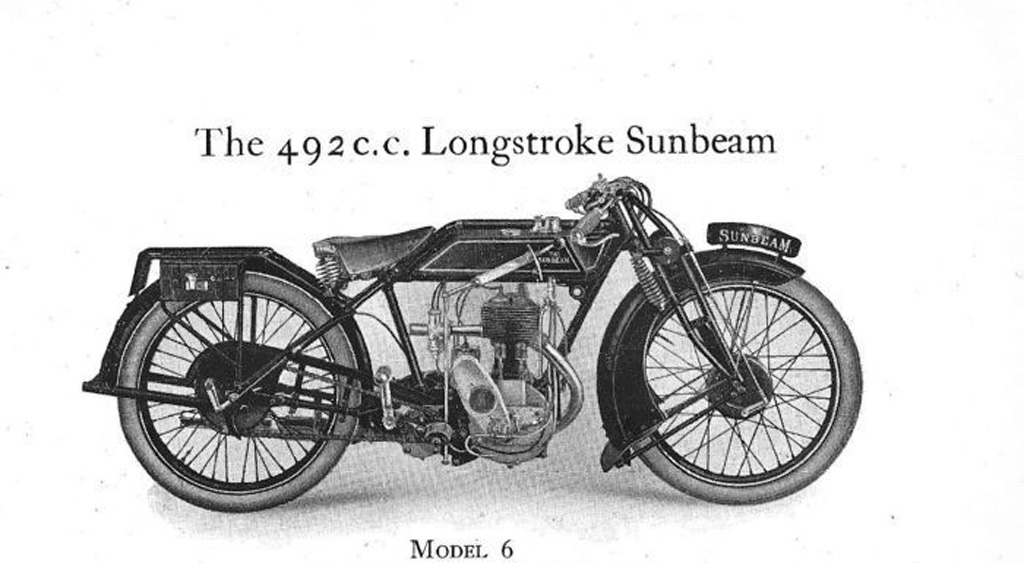
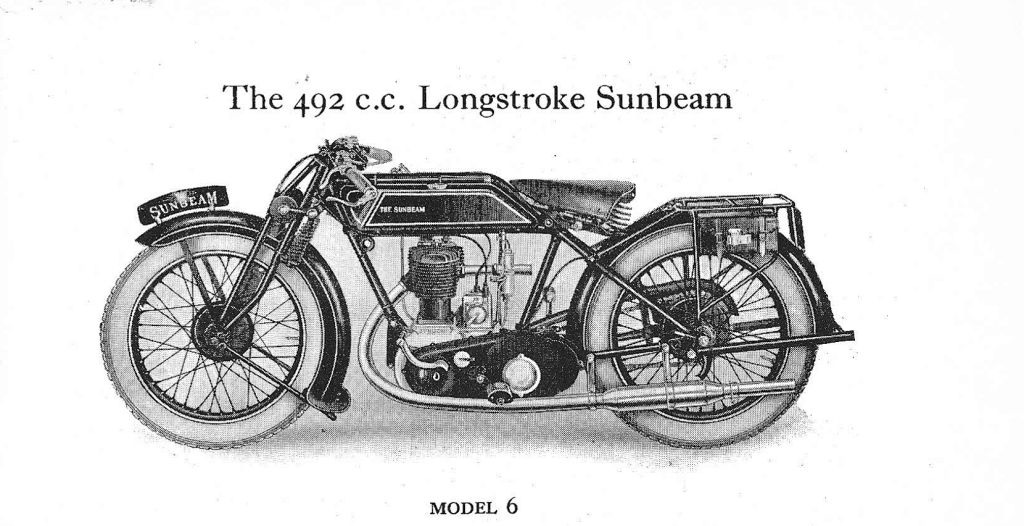
Apart from the front brake, which was stiffened, there were no significant changes for 1926. The 1927 catalogue listed two versions of the Longstroke: the sporting Model 6, and the touring Model 5 replacing the old Light Solo which had shared frame and running gear with the Longstroke from 1922 onwards. All that distinguished the Longstroke from the Model 5 was the use of “Sports” handlebars, and a simple chainguard in place of the M5’s full chaincase. The frame was much heavier, and a new more rigid design of Druid pattern forks was fitted, incorporating adjustable dampers. The three speed sliding pinion gearbox was retained, but with slightly wider gears. The touring nature of the latest Longstroke was emphasised by the use of a valanced front mudguard
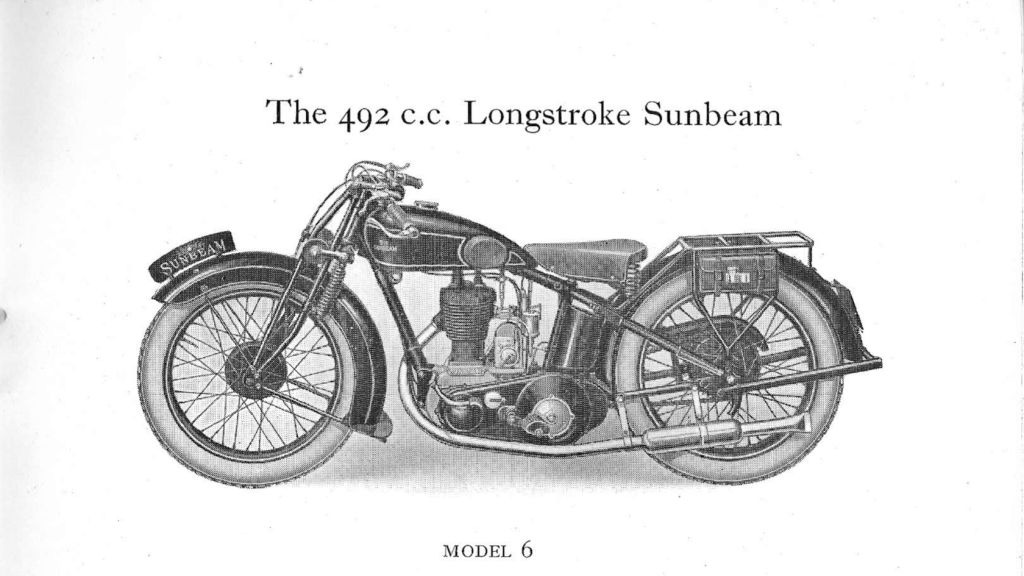


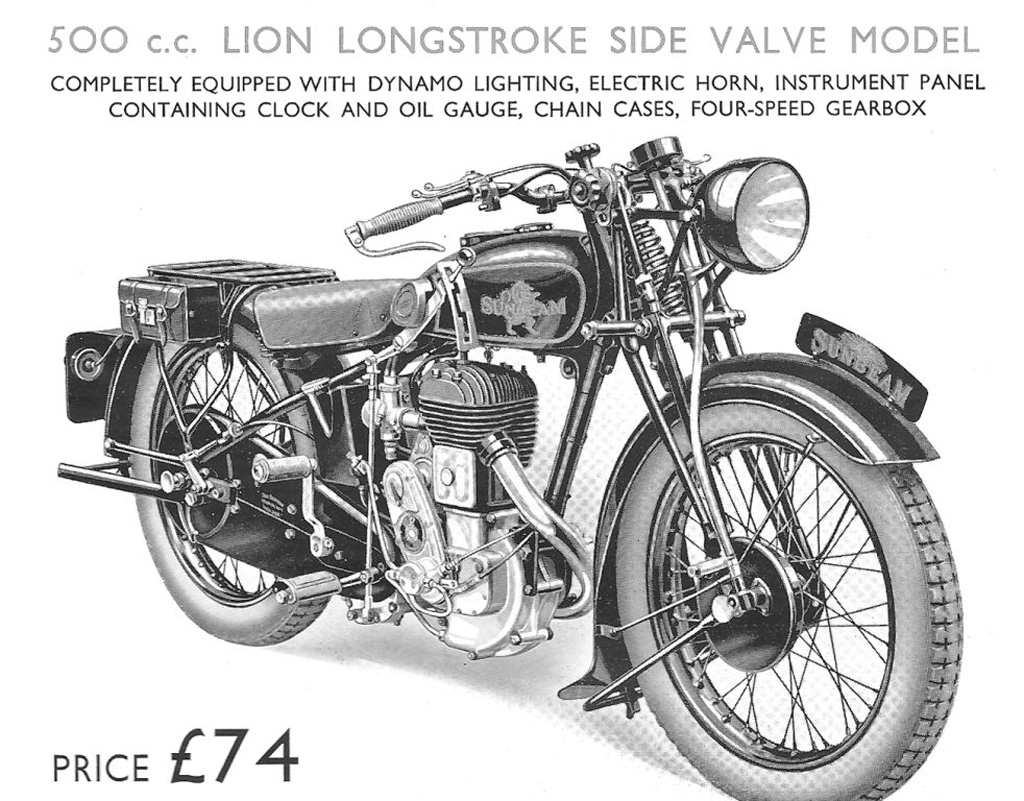

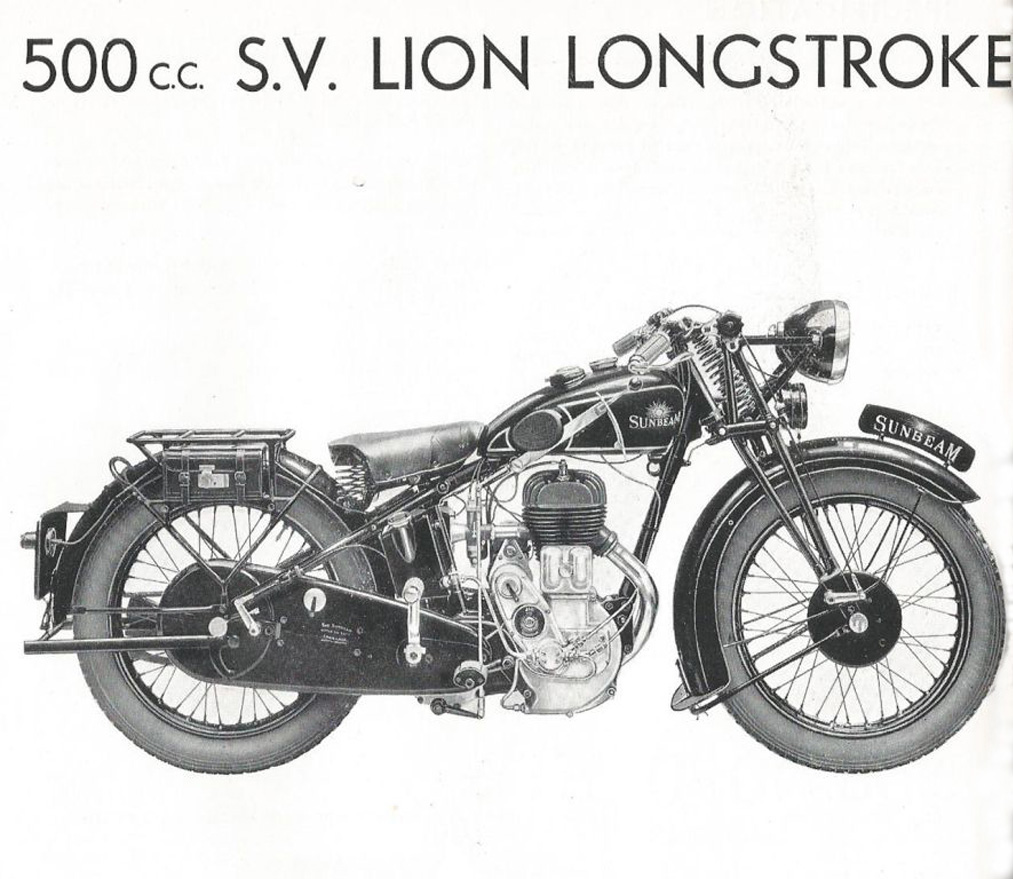
Major changes were seen across the entire Sunbeam range for 1929. At last, a saddle tank appeared – Marston’s being the last of the major manufacturers to go to this design. This necessitated a new frame and a separate oil tank. There was now no auxiliary oil pump. A new design of Sunbeam mechanical oil pump replaced the unsatisfactory “blister” pump of the previous year. Only minor changes were seen on the 1930 Longstroke models. The front fork damper was re-positioned and incorporated a knob to enable the rider to adjust the damper while on the move, and an access port to enable adjustment of the ignition timing was added to the magneto chain cover.
In June 1930 a new 492cc sidevalve machine was introduced, christened The Lion in recognition of ICI’s ownership of John Marston Ltd, the lion being the ICI symbol. This was the Longstroke Model 6 by another name.
New front forks of Webb pattern graced the 1931 Longstroke, now listed just as the Lion. The 1931 range also sported a very smart chrome-plated petrol tank with black and gold panels. This lasted just for the one year.
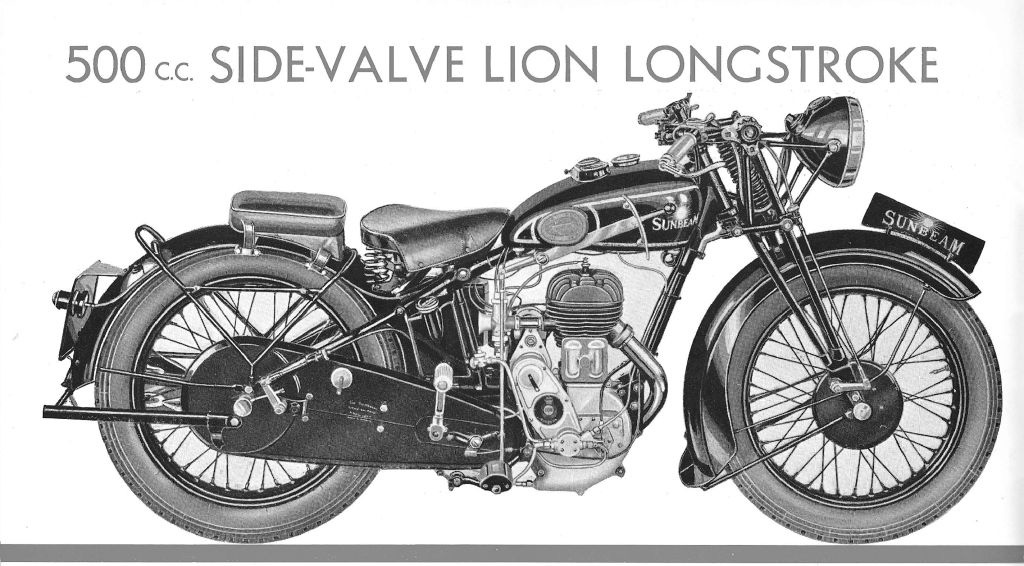
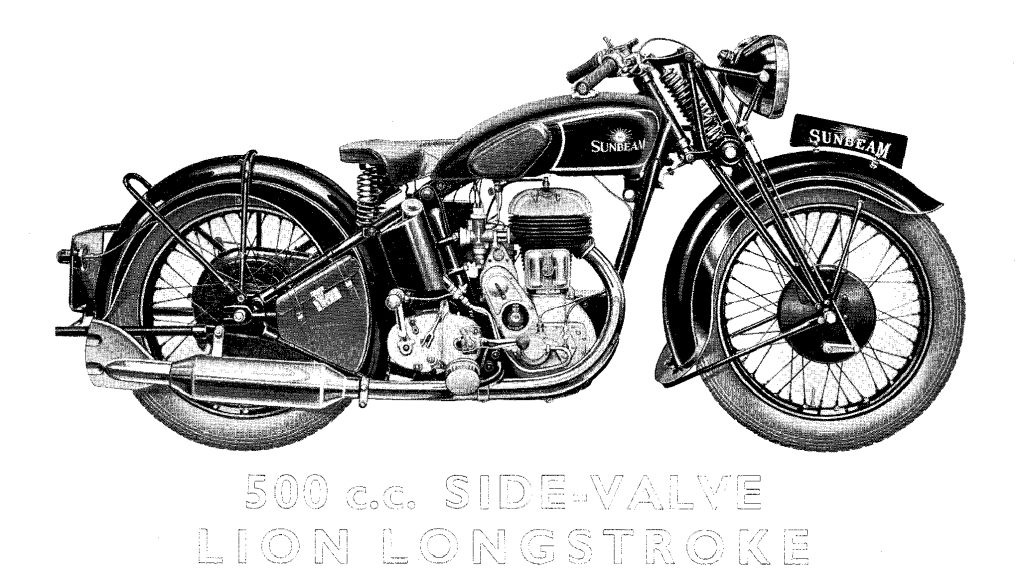
1932 was a year of major change across the Sunbeam range, and the Longstroke was no exception. More robust forks, QD interchangeable wheels, a four-speed constant-mesh gearbox (still hand change), an iron detachable cylinder head, and a new fuel tank with built-in instrument panel, were just the main changes among many others. In the catalogue, the Lion now had “Longstroke” restored to its formal title. A 598cc, 85 x 105.5 version of the Lion Longstroke was included, in effect a re-introduction of the flat-tank Model 7 which had disappeared from the catalogue in 1931. The lithe sporting side-valve of 1922 had now evolved into the heavy slogging tourer and sidecar tug of the Sunbeam range in just ten years.
There were no significant changes for 1933 and 34 as the whole Sunbeam range stagnated (pics 12 & 13), but 1935 saw the introduction of a light alloy cylinder head replacing the previous cast iron component, otherwise the Longstroke remained unchanged.
1936 saw extensive changes to the Lion Longstroke with the introduction of a Burman BAP four-speed foot-change gearbox. The change to a nearside final driveline brought with it a complete new frame, forks, brakes and oil tank. A new, much larger, petrol tank was fitted and the instrument panel had gone, replaced by an oil indicator button. Marstons finally went from reverse levers to conventional pattern for the 1936 models.
